- Maasai Mara Nationa Reserve
Embark on an unforgettable journey to the Maasai Mara National Reserve from Nairobi. The Maasai Mara, one of Africa’s greatest wildlife reserves, offers an exceptional safari experience with its abundant wildlife and stunning landscapes.
- Safari Route
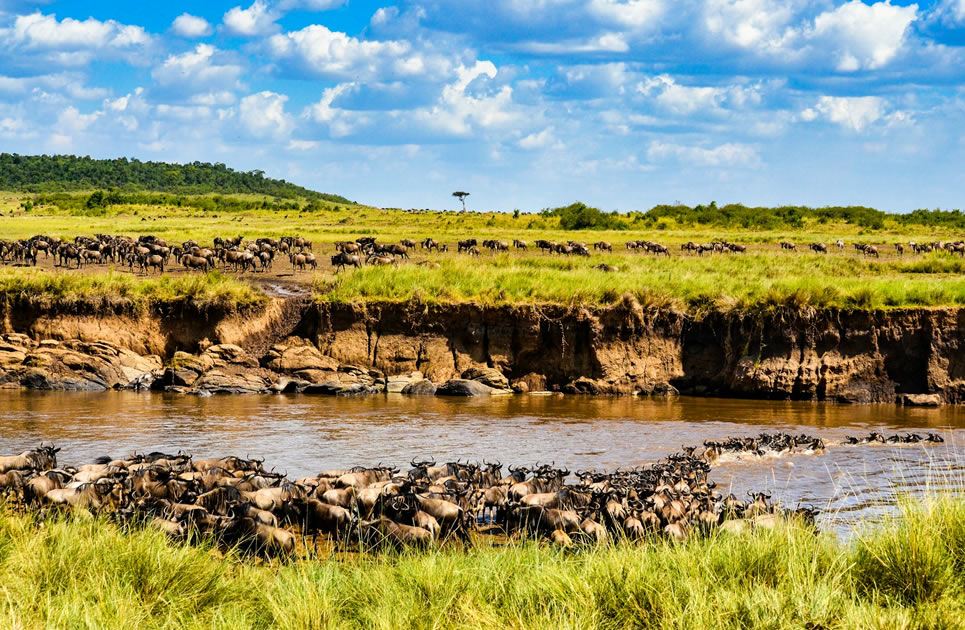
Day 1: Nairobi to Maasai Mara
Morning:
Depart from Nairobi early in the morning in a comfortable safari vehicle.
Enjoy the scenic drive through the Great Rift Valley with a brief stop at the viewpoint to capture the breathtaking views.
Midday:
Stop in Narok Town for a short break and lunch.
Afternoon:
Continue your journey to the Maasai Mara National Reserve.
Arrive at your lodge or tented camp in the early afternoon.
Evening:
Embark on your first game drive in the Maasai Mara.
Spot a variety of wildlife including lions, elephants, buffaloes, leopards, and rhinos.
Return to your accommodation for dinner and an overnight stay.
Day 2: Full Day in Maasai Mara
Morning:
Start the day with an early morning game drive when animals are most active.
Explore the vast plains and witness the diverse wildlife, including cheetahs, hyenas, giraffes, zebras, and numerous bird species.
Midday:
Return to the camp for breakfast and some leisure time.
Afternoon:
After lunch, head out for another game drive, exploring different parts of the reserve.
Optional visit to a local Maasai village to learn about their culture and traditions.
Evening:
Return to your lodge or camp for dinner and an overnight stay.
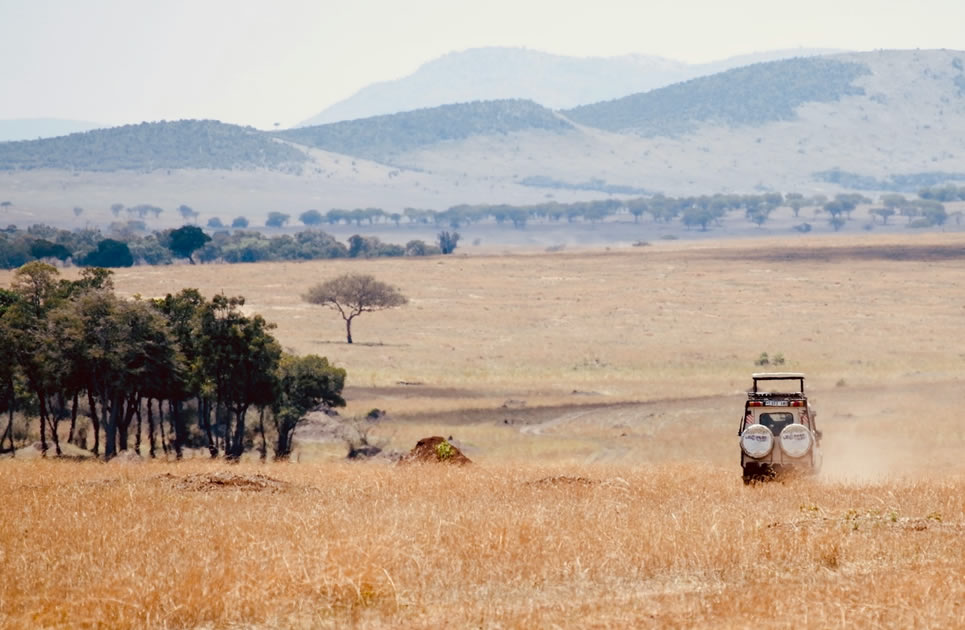
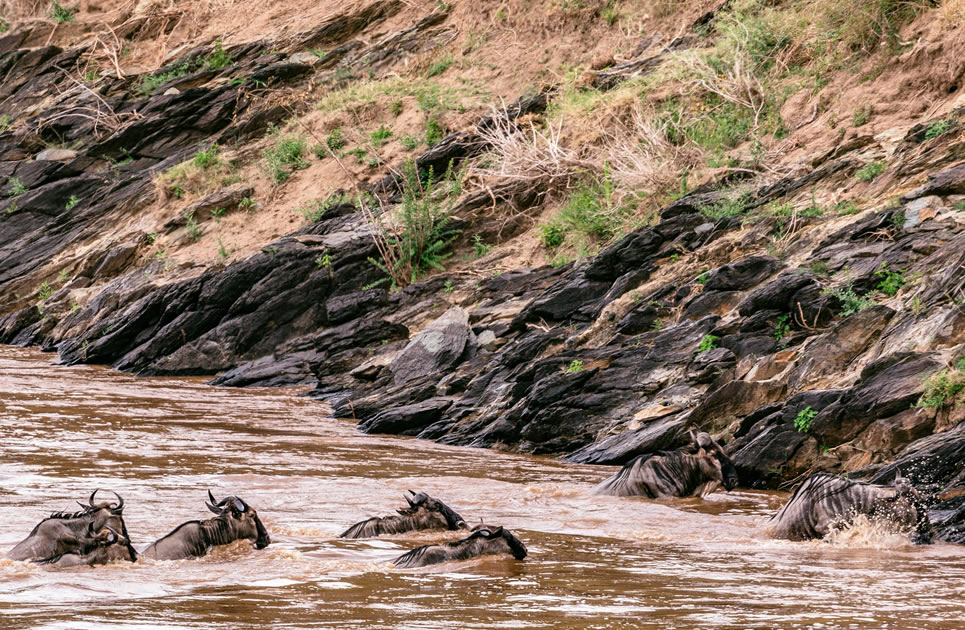
Day 3: Maasai Mara to Nairobi
Morning:
Enjoy one last early morning game drive to capture any final glimpses of the wildlife and landscapes.
Midday:
Return to the lodge or camp for breakfast.
Check out and begin the drive back to Nairobi.
Afternoon:
Stop for lunch along the way.
Arrive in Nairobi in the late afternoon or early evening.
- Safari Gallery



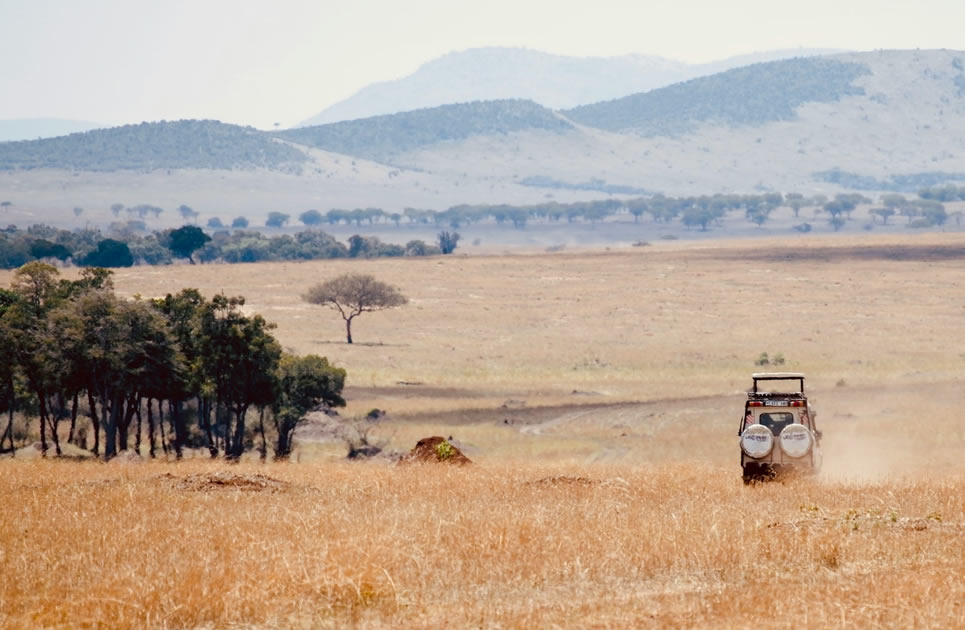
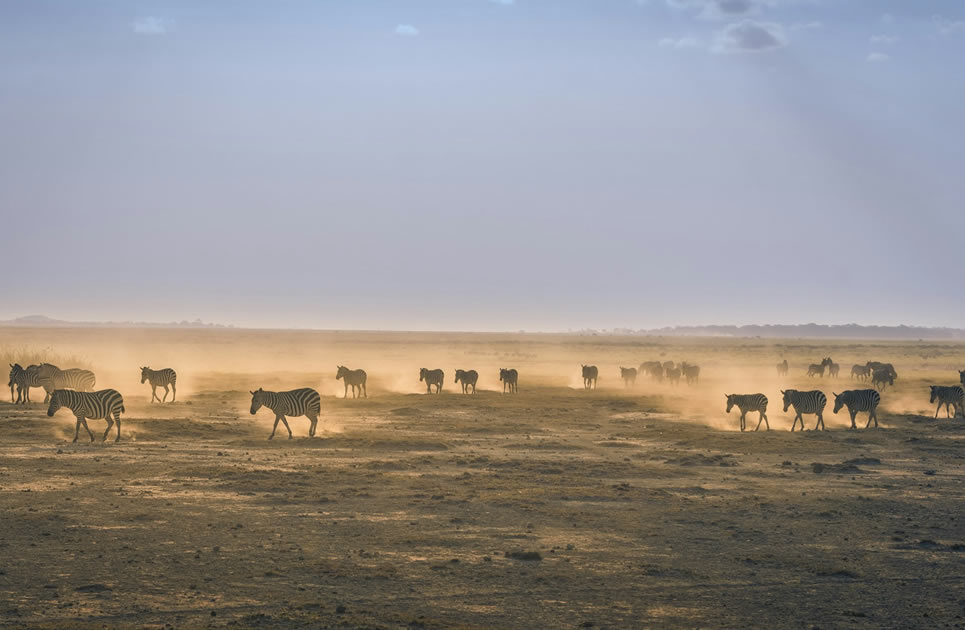
- PARKS VISITED
- ABOVE ITINERARY INCLUDES
- Melas(1 Night) 1x Breakfast, 2x Lunches, 1x Dinner
- Park Entrance Fees
- Accommodation
- Transport
- Transport,
- All Government taxes and levies
- Drive/guide in a Safari
- EXCLUDES
- Drinks at the lodges
- Masai Village fees
- Tips and things of personal nature
Each season offers unique experiences, and the best time to visit depends on individual preferences regarding weather, wildlife activity, and budget.
- High Season
- Time Period: July to October
Wildebeest Migration
One of the main attractions during this period is the Great Migration in the Maasai Mara, where millions of wildebeest, zebras, and other animals migrate from the Serengeti in Tanzania to the Maasai Mara in Kenya.
Weather
This period coincides with the dry season, making it ideal for wildlife viewing as animals gather around water sources.
Tourist Influx:
he influx of tourists is highest during this time
- Mid Season
- January to March, and November to December
Weather
The weather is generally dry from January to March, making it another good time for wildlife viewing. November and December are short rainy seasons, but the rains are typically less intense and shorter in duration.
Wildlife Viewing
Wildlife is still abundant, and many animals can be seen with fewer crowds compared to the high season
Tourist Influx
There is a moderate influx of tourists, and prices for accommodation and tours are slightly lower than in the high season.
- Low Season
- April to June
Weather
This period coincides with the long rainy season, which can make travel more challenging due to muddy roads and higher chances of rain during the day
Wildlife Viewing
While wildlife is still present, viewing can be more difficult due to thick vegetation and fewer animals congregating around water sources
Tourist Influx
The number of tourists is at its lowest, leading to significantly lower prices for accommodation and tours.
